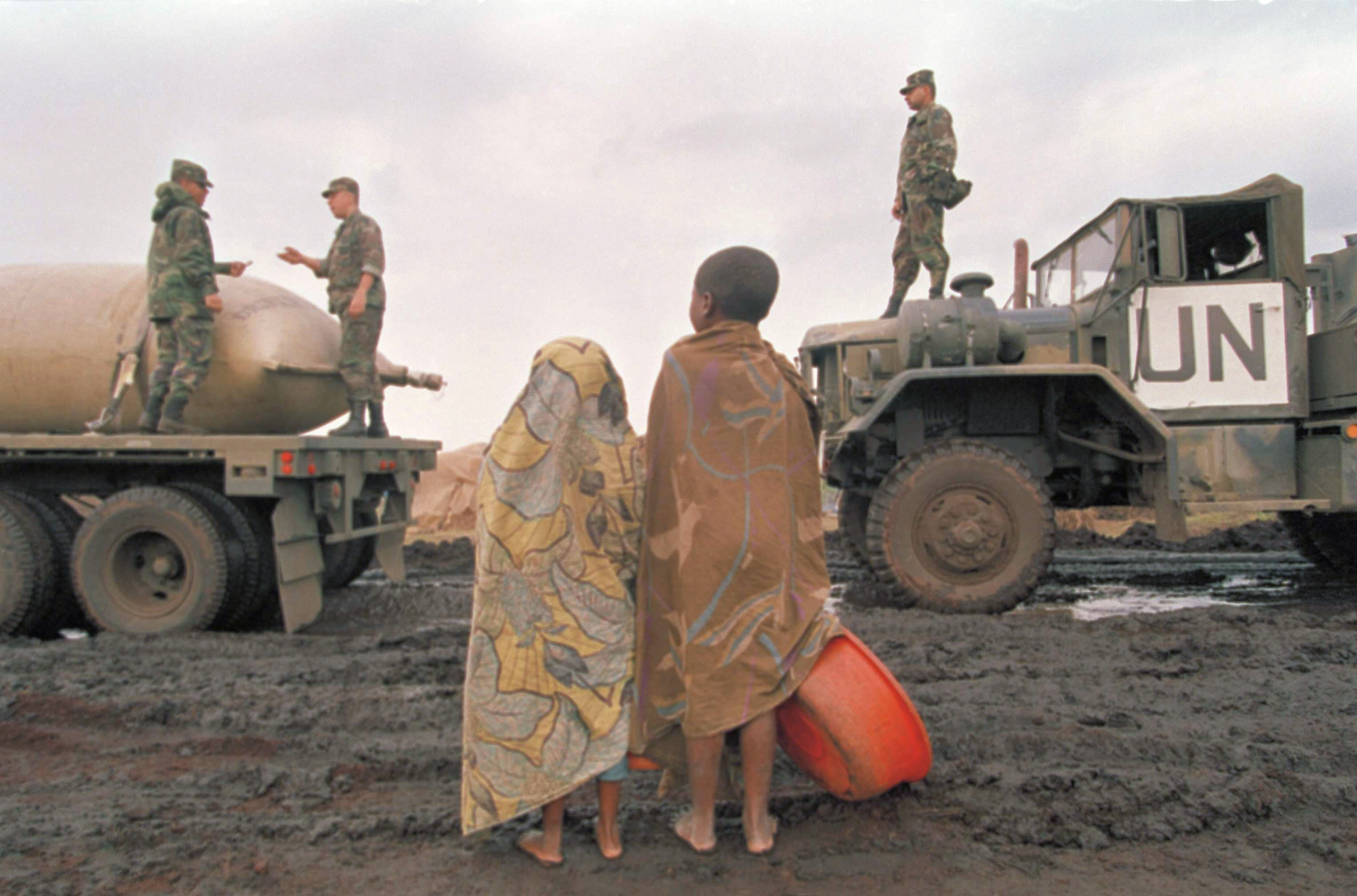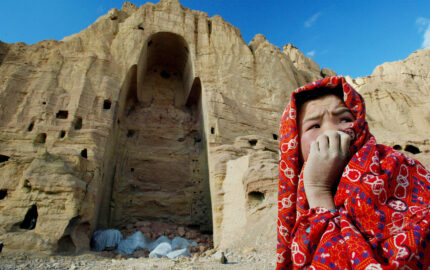
How are great journalists made? Often, it’s pieces of great journalism that help form them, influencing their lives or careers in an indelible way. To celebrate the Nieman Foundation for Journalism’s 80th anniversary in 2018, we asked Nieman Fellows to share works of journalism that in some way left a significant mark on them, their work or their beat, their country, or their culture. The result is what Nieman curator Ann Marie Lipinski calls “an accidental curriculum that has shaped generations of journalists.”
It is April 1994. I’m a final year student at a university in South Africa—on the threshold of a career in journalism. It is eerily quiet on campus. Most of the students have left for home. I’m staying behind, in the small student town of Potchefstroom, to cover the first democratic election for the local newspaper. It is exciting and scary and exhilarating to write the first draft of history.
In 2014—20 years later—I am attending a class at Harvard’s Kennedy School on the leadership system. The system is all about leaders, followers, and context. We learn about different followers, and as part of the reading on bystanders, I discover Samantha Power’s essay on Rwanda in The Atlantic, “Bystanders to Genocide.”
It is beautifully crafted, telling the horrific story of the April 1994 genocide in Rwanda. While South Africa was on the brink of a new dawn, a nightmare was unfolding in Rwanda. What had been, to me, a vague piece of history of a country far away came alive in the words of the writer. It left me with an incredible sadness and an overall awareness of the roles of bystanders. As journalists, we can try to be objective. But one thing we should never be is silent bystanders.
Bystanders to Genocide
By Samantha Power
The Atlantic, Sept. 2001
Excerpt
In the course of a hundred days in 1994 the Hutu government of Rwanda and its extremist allies very nearly succeeded in exterminating the country’s Tutsi minority. Using firearms, machetes, and a variety of garden implements, Hutu militiamen, soldiers, and ordinary citizens murdered some 800,000 Tutsi and politically moderate Hutu. It was the fastest, most efficient killing spree of the twentieth century.
A few years later, in a series in The New Yorker, Philip Gourevitch recounted in horrific detail the story of the genocide and the world’s failure to stop it. President Bill Clinton, a famously avid reader, expressed shock. He sent copies of Gourevitch’s articles to his second-term national-security adviser, Sandy Berger. The articles bore confused, angry, searching queries in the margins. “Is what he’s saying true?” Clinton wrote with a thick black felt-tip pen beside heavily underlined paragraphs. “How did this happen?” he asked, adding, “I want to get to the bottom of this.” The President’s urgency and outrage were oddly timed. As the terror in Rwanda had unfolded, Clinton had shown virtually no interest in stopping the genocide, and his Administration had stood by as the death toll rose into the hundreds of thousands.
Why did the United States not do more for the Rwandans at the time of the killings? Did the President really not know about the genocide, as his marginalia suggested? Who were the people in his Administration who made the life-and-death decisions that dictated U.S. policy? Why did they decide (or decide not to decide) as they did? Were any voices inside or outside the U.S. government demanding that the United States do more? If so, why weren’t they heeded? And most crucial, what could the United States have done to save lives?



